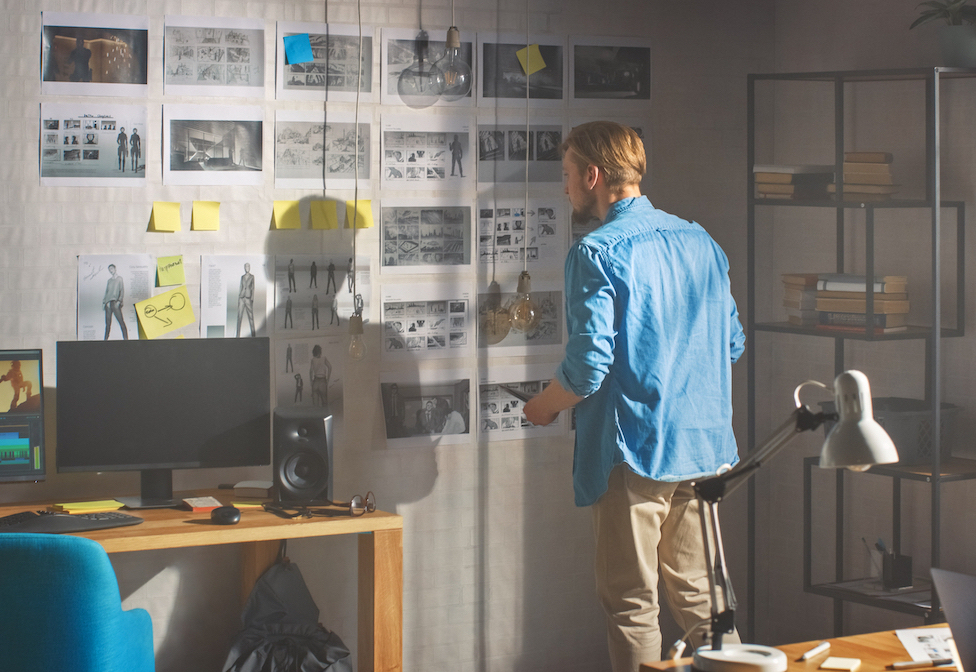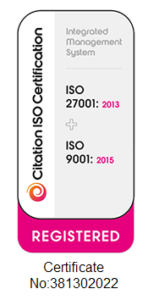Storyboard Your Presentations: Building Excitement in the Virtual World
Who would think that a washing machine on a stage could tell such a powerful story about innovation and the vast gap between rich and poor nations?
But this is exactly what the renowned public speaker and physician Hans Rosling did, and the result was electrifying. Rosling was a master of storyboarding, but everyone has stories they can share to bring a presentation to life.
Whether in the physical or virtual world, building a story to deliver key messages is a powerful way to engage your audience. It might be a humorous anecdote, a vignette, a situational story or even a strong visual image that captures your message and creates an audience reaction. Storyboarding helps to set the tone and build excitement.
Now that we are living in the world of virtual meetings, we need to think carefully about how to present that storyboard and whether what works in the physical world is as impactful in the virtual world.
I was working with someone from the oil and gas industry, who was giving a presentation on flaring. By way of demonstration, he took some local currency from his pocket, got a lighter out and prepared to set fire to the money onstage. There was a massive intake of breath from the audience – not least because burning money was illegal in the country he was presenting in.
Of course, the presenter didn’t set fire to the money. Instead, he said, “Why are you responding like that? This is what we’re burning every second we flare, as a cost to the environment and at a huge financial cost.”
It’s debatable whether this action would have the same impact in the virtual world, but there are ways to create that same effect, such as burning a pile of virtual money and sharing the video with your audience.
Building the Connection
Regardless of the format, however, stories help to build audience interaction and connection. Since not everyone is a Hans Rosling, there are tricks to storyboarding that any presenter can use. I maintain a list of anecdotes and stories in Evernote, where I capture moments in my life, funny experiences or something I recently saw or read about.
When I’m presenting, I’ll go through those notes and find something that is relevant to the subject. I will then make sure the language I use and the stories I share resonate with the audience and consider how best to deliver that story. It’s simply a framework to hang your presentation on, but it helps you build a bond with your audience.
Another effective storyboarding approach – and one again used to powerful effect by Rosling – is to keep the story going throughout your presentation. Begin your story at the start of your presentation, then carry on with your presentation before picking the story up again halfway through the presentation, and finally finish it off at the end. In this way, you are building as you present, allowing the audience to anticipate and helping to bring them back as their attention starts to wander.
Humour is another invaluable tool in storyboarding, and one that unfortunately has been taken out of many meetings.
We need to try to bring it back, particularly in virtual environments where people are often struggling with uncertainty or cabin fever. Being humorous is not the same as telling jokes – rather it’s about bringing levity to a presentation and connecting with your audience in a way that is relatable and that demonstrates you understand the challenges they face.
By way of example, if you were presenting on the latest data from the Covid-19 vaccine development, there are several light-hearted approaches you could take. You could present it like a horse race: Europe is coming up from the inside, but the U.S. is taking the lead while Russia and China are still very much in the race.
Or perhaps you adopt an approach that focuses on storage, with an arms race twist: AstraZeneca’s vaccine needs to be stored at normal refrigeration temperatures of 2C to 8C but Pfizer’s mRNA-based vaccine must be stored at -70C, putting anew spin on the term Cold War.
Your storyboard also requires a visual connection, particularly in the virtual world. Think about the graphs and charts you are sharing. Rather than flooding your screen with data, pick one impactful image to share with your audience and make sure the visual connects to your story.
Ideally, work with experts in developing PowerPoint presentations. These are individuals who can develop an effective set of slides in about the time it takes you to have lunch for a fraction of your wage. And if your writer is not your presenter, make sure both parties work closely together so the message is delivered as intended.
Regardless of how good your story is or how impactful your images are, your presentation will fail to resonate if you don’t practice.
Make sure you know what you are going to say, how you will present and that you sound authoritative and credible. And be yourself … but with four times the energy. (If you are curious about Hans Rosling, it’s worth watching some of his presentations, including the entertaining and informative washing machine TED Talk!)
Mark Thomas is managing director at Glass Box Thinking, which delivers leadership communication coaching, training and facilitation for STEM organisations. Mark coaches introverted scientists, engineers, consultants, sales reps and project managers to become more influential leaders.

